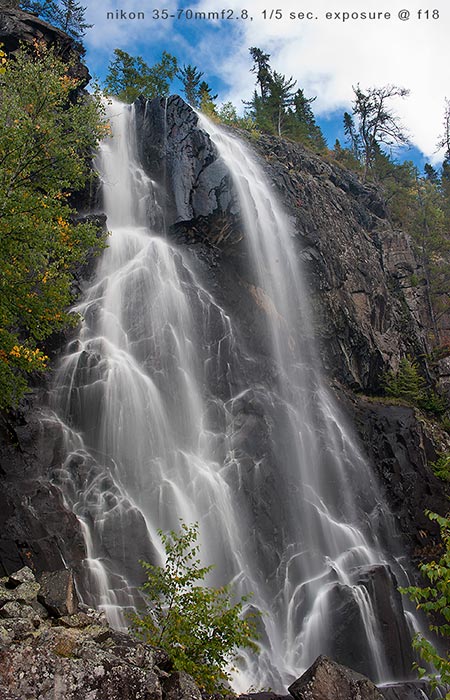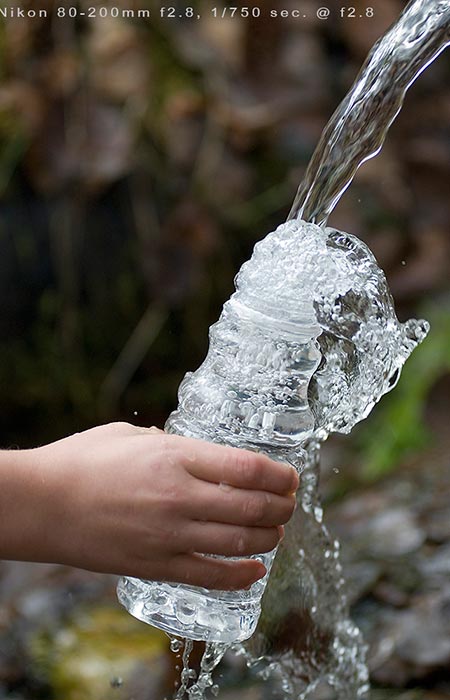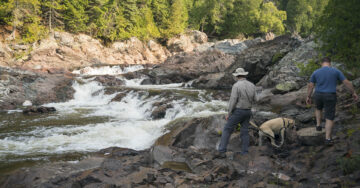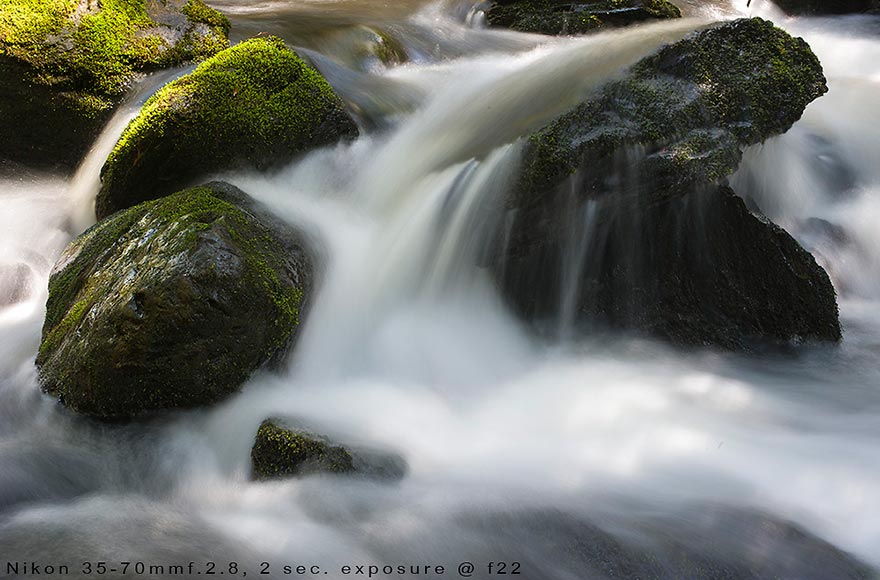Tips for Photographing Moving Water
As the snow begins to melt and the creeks and rivers start to flow over Algoma Country’s rugged topography, the wise photographer looks for moving water.

Photo credit: James Smedley Outdoors
Whether it’s tiny rivulets, thundering falls or even the lapping of waves on the lake shore, the movement of water can be used to create intriguing images.
Shutter speed is the prime variable that controls how moving water will look. We have a choice of freezing the action with a fast shutter speed, blurring movement with a slow shutter speed or using a shutter speed somewhere in the middle for less pronounced blur.
For instance, the image of water flowing into a water bottle is frozen with a 1/750 of a second exposure.
At the other extreme, the image of water wrapping around mossy rocks was shot with a 2-second exposure that gives the water a blurred and silky look.

Photo credit: James Smedley Outdoors
Somewhere in the middle is the waterfall image, shot with a 1/5 second exposure which gives enough blur to hint at movement but still leaves some sharpness to the long tendrils of flowing water.
The effect of shutter speed on moving water is a fascinating aspect of photography.
Read More Photography Blogs From James:
Related Posts

Exciting New Trails in Algoma
It’s no secret that the Algoma Region has some of the best hiking trails...
Read More
Snowshoeing in Algoma for the Beginner
As the days turn shorter and the mercury begins to drop for the winter...
Read More
One Week in Algoma Country
A week isn’t long enough in Algoma Country. There’s simply too much to...
Read More